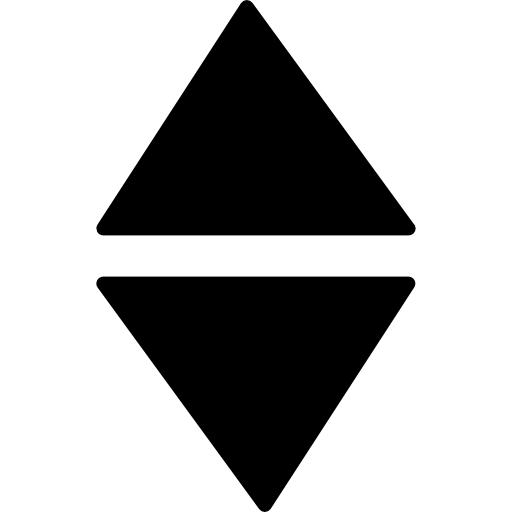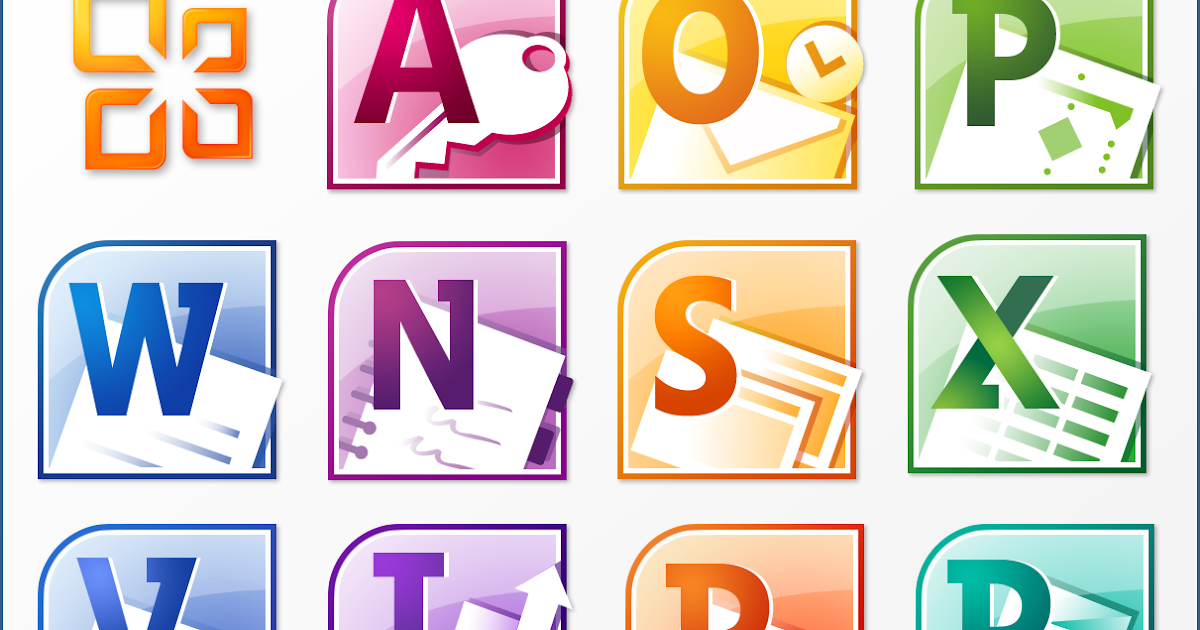

- Microsoft office 2008 icon how to#
- Microsoft office 2008 icon manual#
- Microsoft office 2008 icon archive#
- Microsoft office 2008 icon plus#
Go to Macintosh HD > Applications and delete the "Microsoft Office 2008" folder. Go to Apple Menu > System preferences > System > Accounts > your account name (on the left) > Login Items tab (on the right) and remove any Microsoft items. If a listed item isn't on your hard disk, don't worry, ignore it and skip to the next step. Microsoft office 2008 icon manual#
Manual Removal NOTE: Depending on what Office software you have installed and/or used some or all of the following items may be present on your hard disk.
Microsoft office 2008 icon archive#
Now archive the "Microsoft Office Backup" folder on your Desktop to another disk or a CD-R / DVD-R. Go to Macintosh HD > Users > ~ your home directory > Library > Preferences > Microsoft and copy the following files to your Microsoft Office Backup folder. Go to Macintosh HD > Users > ~ your home directory > Library > Preferences and copy the following files to your Microsoft Office Backup folder:. Go to Macintosh HD > Users > ~ your home directory > Documents and copy the "Office Projects" folder to your Microsoft Office Backup folder. Go to Macintosh HD > Users > ~ your home directory > Documents and copy the "Microsoft User Data" folder to your Microsoft Office Backup folder. Go to Macintosh HD > Library > Fonts > Microsoft and copy all the fonts to your Microsoft Office Backup folder. On your desktop create a folder called "Microsoft Office Backup". Restart your computer (and login using an adminstrator account). You should always back up your computer before deleting software. However, some items are the same across different versions of Microsoft Office so if you are removing an older version but have a newer version installed that you wish to keep specific items not to be removed will be noted in red. These instructions will remove items for a specific version of Microsoft Office. The instructions below include emptying the Trash so make sure you check the Trash for anything you may not want to actually delete. If you want to backup/archive this data before deleting it, follow the instruction under "Backup/Archive Personal Data" first. Microsoft office 2008 icon plus#
The instructions below will delete some of your Office personal preferences and fonts plus your Office data such as email data/accounts/signatures/rules/schedules/attachments, calendar, tasks, notes and projects. Due to the sheer number of files and folders to be deleted we recommend you print this document first and tick off each line as you follow it. These instructions will help you manually remove all the Microsoft Office software (including Microsoft Messenger and Entourage Web Services Edition), system items, preferences and email data. Although the Microsoft supplied "Remove Office" application may work it does not fully remove Microsoft Office. Some important points to note before proceeding: Microsoft office 2008 icon how to#
Instructions for removing Microsoft Office 2008 How to Manually Remove Microsoft Office 2008

The other programs included, worksheet and graphics and presentation, are fair (unless you need more functions).How To Manually Remove Microsoft Office 2008 Article ID = 21Īrticle Title = How To Manually Remove Microsoft Office 2008Īrticle Last Updated = 10th September 2014 It can import Word files, also share reviews by means of the Track changes funcions. It's free, it has a great word processor, with almost nothing to ask to Word. NeoOffice is the one that's worth a try to me. Keynote is a good piece of software and Pages is OK. IWork is really stable, although Numbers is useless.

Excel 2004 has VBA macro support, although it's quite unstable, and often it does not have 100% functionality. Power point does not make a great job with previous imported files because it often lacks of capability to keep images, imported tables and drafts, etc. Office 2004, if compared with Office xp or 2003, is sluggish, crashes a lot. Once migrated to mac, about an year ago, I bought Office 2004 because Office 2008 does nt have macro support and it's thus a dead lane for me. My main uses are Word, Excel, with several VBA macros, then Power Point. I've been using Office for Win since version 6, then 97, xp, 2.




 0 kommentar(er)
0 kommentar(er)
